|
Earlier in May while some of us were scrolling through photos of the coronation across the pond, Prof Emerita Dr. Barbara Thorne was quoted talking about another monarch - the Termite King. She told The New York Times that "“There are some parallels to our monarchy system for humans.” Read article here>>
Congratulations to Dr. Tammatha O'Brien, Principal Lecturer & Director of The Master of Professional Studies in Applied Entomology Program, for being named among UMD's Women of Influence. Tammatha is an outstanding lecturer who consistently and meaningfully supports women minorities in our community both inside and outside of the classroom. Fellow faculty member Louisa Wu says, “She cares very much about students and her colleagues, and she strongly promotes DEI and civil rights work in her teaching and campus service. I am inspired by all that she does.”
written by: Leo Kerner & Angela Saenz
Imagine a lush, highly diverse field of papaya that requires limited chemical interference to control insect and weed pests. This is the reality of living mulch. Dr. Robin Gomez, an associate professor of Weed Science at the University of Costa Rica, studies sustainable pest control methods in tropical ecosystems. He suggests that the key to successful implementation of sustainable agricultural practices relies on acquiring specialized knowledge of each system. When you see a honey bee buzzing around, or while you spread honey on your toast, have you ever wondered how old the honey bees that are visiting flowers or making honey are? The answer is: it depends. Worker honey bees assume different jobs in their life, and that role changes with age. Young workers take care of the colony, nursing and feeding the larvae. Later they become guards, protecting the hive. When the worker bee is even older, they take on the job of exploring the outdoors and foraging nectar and pollen for the colony. So, a bee pollinating a flower is probably older than the bee that made your honey.
written by: Mariom Carvajal
Insects are critical to the function of ecosystems and provide benefits to humans, such as pollination and biological control. Although many insects hold great economic and cultural value to humans and benefit our lives, some reduce agricultural productivity and others pose risks to human health. To find new ways to manage these pests, some Entomologists turn to the study of invisible cellular processes or insect-microbe interactions. Two research in progress talks presented on March 10th 2023 by University of Maryland researchers, Dr. Anastasia Naumenko and Mr. Brendan Randall, focused on how knowledge of these microscopic processes can be used for the benefit of agricultural and public health systems. By Ben Gregory
These days, most Americans don’t worry too much about malaria, the deadly disease caused by the Plasmodium parasite and spread by Anopheles mosquitoes (Figure 1, left). That wasn’t always the case, however. In fact, during the nineteenth century, malaria was one of the leading causes of death in the United States, affecting nearly every corner of the country, but particularly the south (Hong 2008). Fortunately for those of us living here today, malaria is extremely rare. This is thanks to sweeping control and public health measures taken by the CDC and its predecessor organizations in the early and mid-twentieth centuries. But, more recently, another mosquito-borne disease of concern has spread across the country: West Nile fever. [Seminar Blog] Caste-switching jumping ants: studies on the plasticity of reproduction and lifespan5/3/2023
By Megan Ma
Dr. Francisco Carmona-Aldana (he/him), a postdoctoral scholar at the New York University School of Medicine, recently presented his research on “Ants: studies on the plasticity of reproduction and lifespan” which focuses on how ants obtain tradeoffs between reproduction and longevity through caste-switching. In the collaborative projects led by Dr. Danny Reinberg and Dr. Claude Desplan, he and his team study ants of the species Harpegnathos saltator as an experimental model to understand how aging can be regulated. H. saltator ants are peculiar in that workers can become pseudo-queens and take reproductive control of their colonies when a queen is absent. A group of 4 to 6 ants will undergo antennal dueling, a behavioral interaction to determine who will become pseudo-queens, or “gamergates.” These gamergates will have active ovaries, lay eggs, and extend their lifespans to accommodate this reproductive caste-switching. They live for 3 years in comparison to their lifespan as a former worker (1 year) and the maximum lifespan found in queens (5 years). In addition to altering the duration of their lifespans, gamergates have the potential to revert back to their worker states (induced in laboratory conditions). They can return to their original, non-reproductive role to perform their worker duties and no longer produce eggs. Written by: Lindsay Barranco
Dr. Krisztina Christmon has measured approximately 100,000 mites during the course of her PhD studies at the University of Maryland, which may very well be a world-record. She recently presented her research exit seminar entitled “Varroa destructor: abiotic and biotic correlates to body size, and the effects of size and host type on mite tolerance to acaricide exposure” and described how her inquiry into mite size variability began in 2016, as a new PhD student in the UMD Bee Lab. The UMD Bee lab administers the National Honeybee Disease Survey (NHDS), and maintains collected data from large and small-scale beekeepers across the United States in order to detect honey bee disease and monitor for invasive species. Invasive species, particularly varroa mites, pose a serious threat to honey bee health which in turn, potentially impacts the important pollination services honey bees provide to fruit and vegetable growers nationwide. |
Categories
All
Archives
June 2024
|
Department of Entomology
University of Maryland
4112 Plant Sciences Building
College Park, MD 20742-4454
USA
Telephone: 301.405.3911
Fax: 301.314.9290
University of Maryland
4112 Plant Sciences Building
College Park, MD 20742-4454
USA
Telephone: 301.405.3911
Fax: 301.314.9290

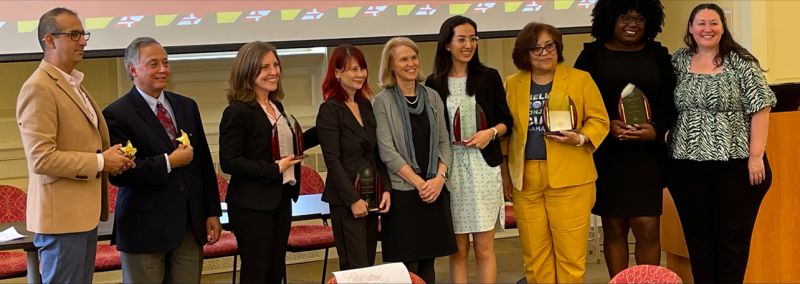
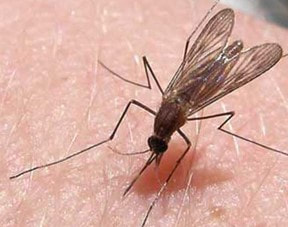
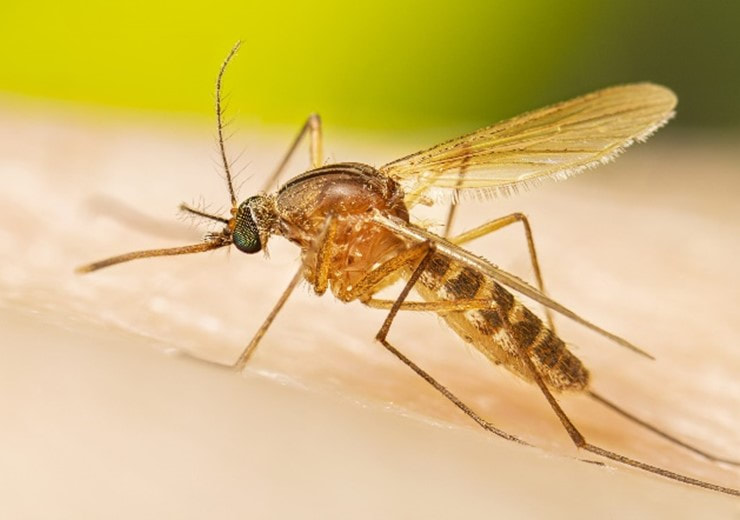
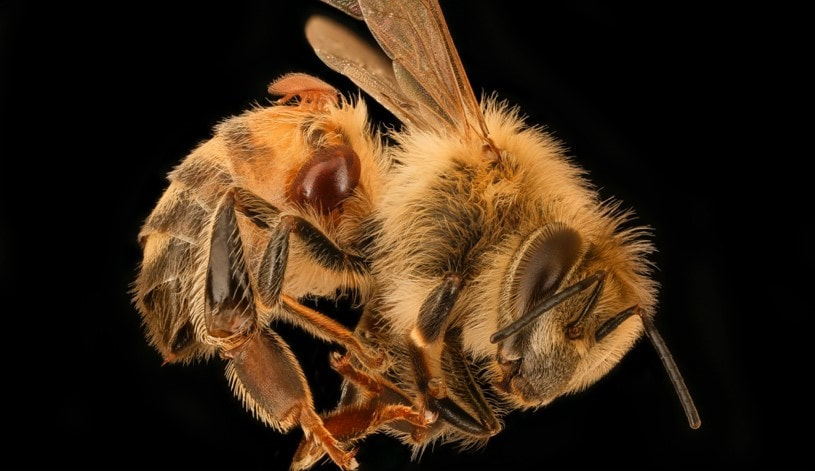
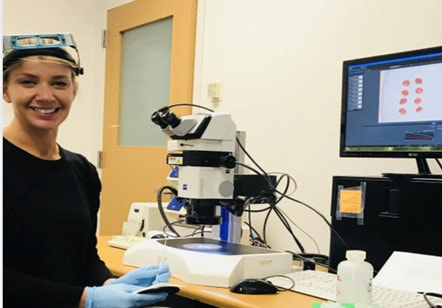
 RSS Feed
RSS Feed




